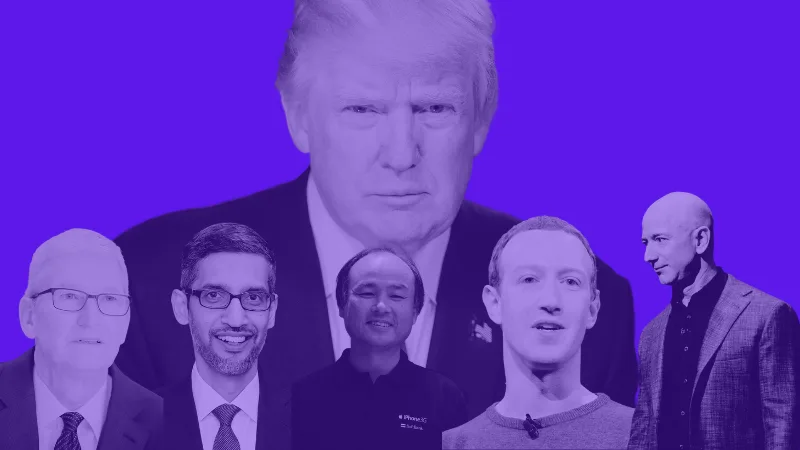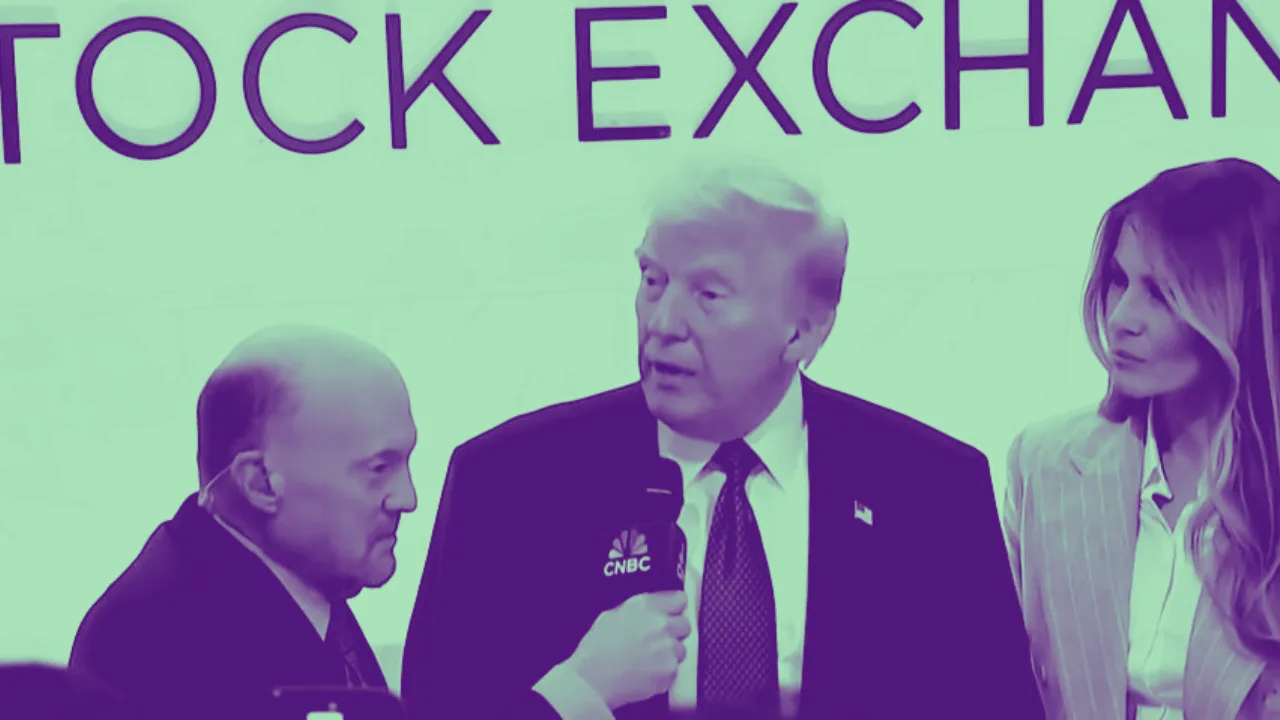President-elect Donald Trump’s Mar-a-Lago estate has recently become a hub for high-profile business leaders seeking discussions about America’s future economic direction. As the leader preparing to take office, Trump has engaged with top executives from various industries, signaling a potential alignment of corporate and governmental priorities. These meetings not only highlight the influence of these leaders but also offer a glimpse into the possible policy directions of the new administration.
Who Are the CEOs?
Several prominent CEOs have made visits to Mar-a-Lago to meet with President-elect Trump. Here are some key figures and their agendas:
- Masayoshi Son (SoftBank Group CEO): Son announced plans to invest $100 billion in the U.S., focusing on artificial intelligence and infrastructure development. His initiative is projected to create 100,000 jobs over the next four years.
- Anthony Pratt (Pratt Industries Executive Chairman): Pratt pledged $6 billion in investments to expand recycling and manufacturing operations, aiming to capture a larger share of the U.S. market.
- Sundar Pichai (Google CEO): Pichai discussed regulatory challenges and the role of artificial intelligence in the economy. This comes amid antitrust scrutiny of Google.
- Mark Zuckerberg (Meta CEO): Zuckerberg expressed interest in Trump’s economic plans, marking a potential shift toward collaboration between Meta and the federal government.
- Tim Cook (Apple CEO): Cook addressed concerns over tariffs and other policies affecting the tech industry, reflecting Apple’s interest in maintaining its global competitiveness.
- Jeff Bezos (Amazon Founder: Scheduled to meet with President-elect Donald Trump at his Mar-a-Lago next week. This meeting follows Amazon’s announcement of a $1 million donation to Trump’s inaugural fund.
What Are They Discussing?
These meetings have centered on:
- Investment and Job Creation: CEOs like Masayoshi Son and Anthony Pratt are focusing on initiatives that promise significant contributions to the U.S. economy.
- Technology and Innovation: The discussions often highlight artificial intelligence, data infrastructure, and the future of tech regulation.
- Regulatory Challenges: Leaders from tech giants like Google and Apple are navigating potential changes in policy that could impact their operations.
- Trade and Tariffs: Business leaders are addressing the implications of Trump’s trade policies on their industries.
Why Are They Meeting with Trump?
These CEOs have various motivations for engaging with the President-elect:
- Influencing Policy: Establishing relationships with the incoming administration to shape favorable regulations.
- Aligning with Economic Vision: Supporting Trump’s agenda of job creation and economic growth.
- Navigating Uncertainty: Proactively responding to potential policy shifts that could impact their businesses.
How These Meetings Reflect Policy Direction
These engagements offer insights into Trump’s priorities as he prepares to take office:
- Focus on Technology: Trump appears keen on positioning the U.S. as a leader in artificial intelligence and innovation.
- Encouraging Investment: The administration is working to attract domestic and international investments.
- Balancing Regulation: Potential adjustments to regulatory frameworks are being discussed, particularly in tech and manufacturing sectors.
Potential Outcomes
- Positive Implications:
- Increased investments and job opportunities.
- Strengthened collaborations between public and private sectors.
- Concerns:
- Potential for perceived favoritism in policy decisions.
- Risks associated with over-reliance on certain industries.
Government and Business Getting Cozy?
The recent wave of CEO visits to Mar-a-Lago highlights the interplay between government and business as the U.S. prepares for a new administration. These meetings could set the stage for transformative changes in the economy, technology, and regulatory landscapes. As the nation watches, the outcomes of these discussions will likely shape the future of American industries.





